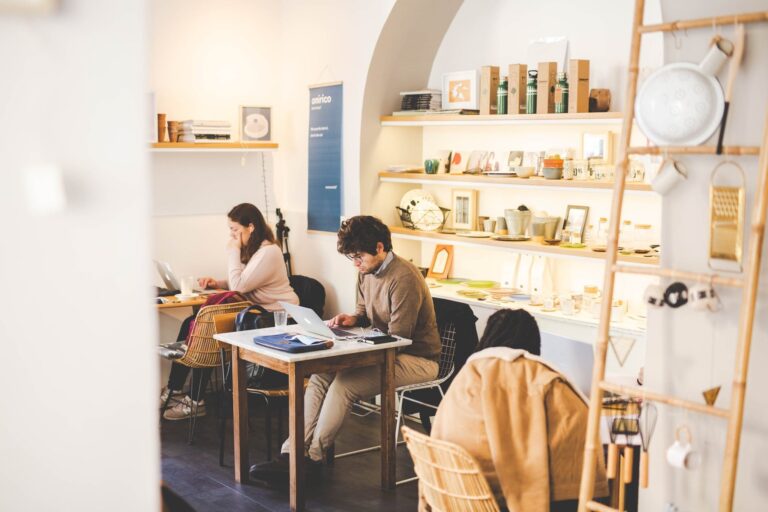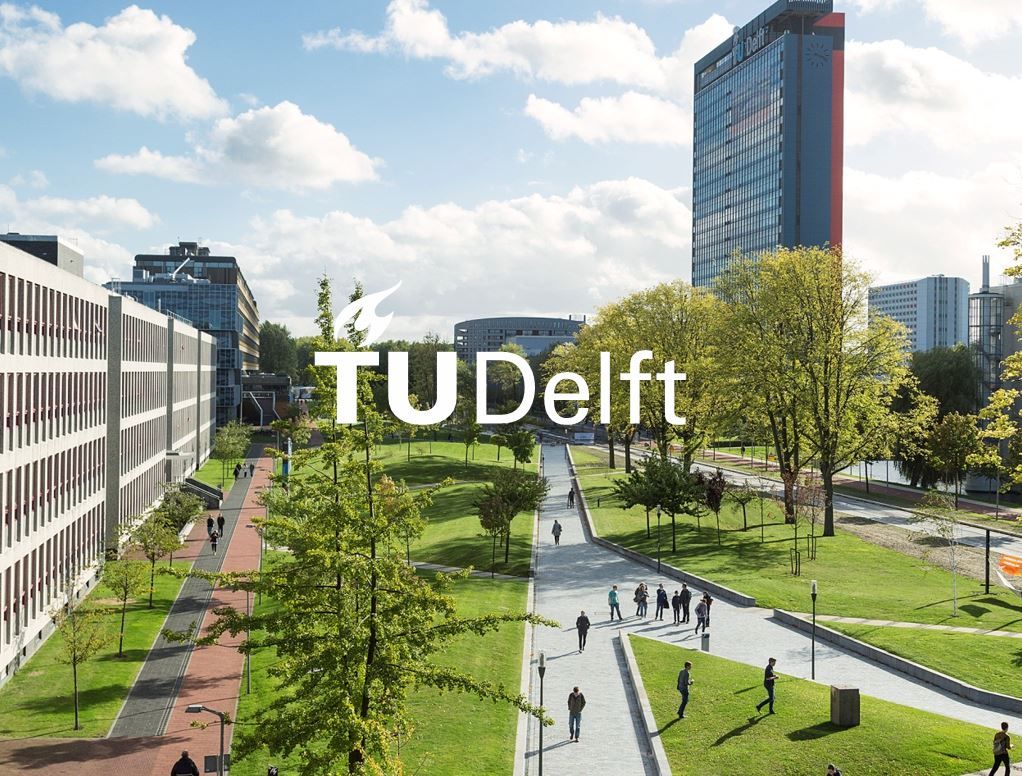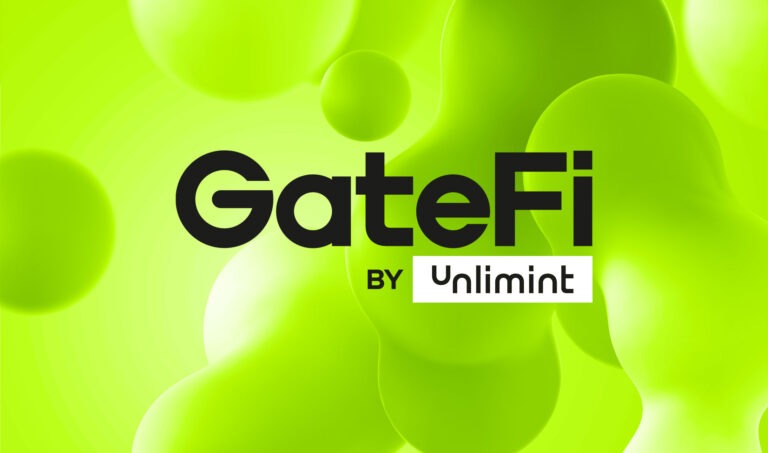Rome has filled up again after the long-lasting effects of the pandemic that stopped the usual crowds of tourists that arrive in the Italian capital every season. I mentioned Rome because, in this column, I will talk about Italy, my country, but also about Europe and the rest of the world, trying to investigate trends and opportunities that can be seized in different countries.
I will also talk about digital nomads, a constantly growing lifestyle among workers, freelancers and students all over the world, not least because the Covid-19 epidemic has shown those companies still reluctant to smart working that the office today is no longer sacred because productivity does not drop if you work from home or anywhere other than your desk. A light mind, away from stress, has an easier time coming up with innovative ideas, finding solutions to problems, and unleashing creativity.
Rome and digital nomads are the two keywords of the first contribution on Smart Corner, intending to provide valuable pointers on comfortable places where you can plug in your laptop to work during the day. Thus, I have selected some of the best bars scattered in the city’s most central neighbourhoods, offering an excellent gastronomic choice for breakfast, lunch and snacks and a quiet environment.
Although in recent years, many managers have started to set up corners dedicated precisely to smart workers, it should be borne in mind that Rome and Italy, in general, conceive of bars and similar venues mainly for enjoying a daily treat and spending time chatting with friends. There are places to find a desk and free Wi-Fi, only that overall; there might be fewer than in other large cities in northern Europe. It is no coincidence that there is still no Starbucks in Rome, with the American company’s first location expected to open near Roma Termini, the city’s main train station, by 2025.
Ex Circus
Granted that making a ranking always runs the risk of displeasing someone because the taste is the realm of subjectivity and many variables come into play when judging a café as a working environment, Ex Circus is undoubtedly an excellent first step for those hunting for a casual landing place. Located in an alley behind Piazza Navona, it is a colourful café with a variety of spaces, offering free Wi-Fi and an international menu with bagels, salads, avocado toast, acai bowls, charcuterie board, cakes and a wide selection of teas, smoothies, hot chocolate and coffee. Run by an international team, it was created to be a focal point for tourists, students and workers looking for a familiar place. At any hour, there are young people working on their PCs scattered around the three rooms of the café.




Three Wi-Fi networks are available and of very good quality (important because there is no 4G network coverage in some interior areas), with power sockets for each table. The latter are large enough to accommodate laptops, mice, smartphones, headphones, and other useful work tools. The relaxed atmosphere, with low-volume music in the background that is enjoyable and not annoying, makes it possible to make video calls and participate in a virtual meeting without disturbance (wearing headphones or earphones, of course). Dog-friendly and with a small outdoor area, the Ex Circus is favoured by its central location, making it an easy place to reach for those living near the city centre. The prices are slightly higher than in other city cafés, but here you can work all day without any problems, which is not so common in city centre venues. Definitely recommended!
Open every day, 9 am-7 pm.
Materia
Uniqueness is the hallmark of Materia, an eatery a stone’s throw from the Basilica of San Giovanni in Laterano (known as the Cathedral of Rome) that mixes food, coffee and design. The idea behind the concept is to create a lively but quiet context to offer the best conditions for those who want to eat, chat with friends, read the available magazines, and study and work on their PCs. Because together with Ex Circus, this is the best place in Rome for smart workers. Many large tables (for 2 and up to 8 people) for writing without disturbances and many electrical sockets available in the two internal rooms are precious elements in an ideal setting for streaming presentations and online meetings with colleagues. The Wi-Fi connection is excellent, with network and password signs prominently displayed at the entrance to the room.






The environment is cosy because it is a meeting place for Roman and foreign freelancers (in the majority). The working hours are defined: from 8 am to 6.30 pm. In between is the lunch break (in which you can continue working), with a culinary offer that changes often and goes from poke to the famous Roman pasta dishes, from salads to buns with avocado toast and chicken curry, which remain the most popular options with the customers who crowd the place every day (especially in the morning). Also helping to soothe the mood is the well-kept décor, with many succulents and objects on display and a good number of international magazines always available.
At the Materia Café, smart workers are welcome (it is the favourite place of many employees of the nearby British embassy) and that is why if you are passing through Rome you cannot miss the opportunity to discover it, working until 6.30 pm, because after that it is time to close the laptops and enjoy an aperitif and an evening.
Open Monday 8 am-4 pm / Tuesday-Friday 8 am-12 pm / Saturday-Sunday 9 am-12 pm
Chiostro del Bramante
Unlike the other places mentioned, this is a place without equal, with a view that is good for the eyes and soul, because it is the cafeteria of one of Rome’s most characteristic museums, built by Donato Bramante around 1500. Just think how often it can happen to study or work near a fresco such as The Sibyls (more than 6 metres wide), painted by Raphael in 1515. Here, however, it happens every day because the Chiostro del Bramante is a concentration of culture that extends to 360 degrees: exhibitions, events, workshops and bookshops; every day, there is something new to do and see. Sitting outside in one of the spaces of the upper gallery overlooking the inner courtyard guarantees relaxation and tranquillity to concentrate on one’s activities.





The tables are spaced out and large enough to accommodate all the tools needed to work, study, talk and participate in virtual meetings. The problem is that there is a shortage of electrical sockets, so you have to play it safe and arrive with a charged laptop if you plan to stay for several hours. Another weak point is the Wi-Fi connection, which often stutters, although this is an obstacle that can be stemmed with an Italian Sim, which, for around eight to ten euros a month, ensures unlimited data traffic (and then you only have to connect your laptop to your smartphone). However, the Chiostro del Bramante remains a wonderful place to immerse yourself in the culture of Rome’s past and contemporary, not to mention that it is close to such splendid sites as the Pantheon, Trevi Fountain and Campo de’ Fiori.
Open Monday-Friday 10 am – 8 pm / Saturday-Sunday 10 am-9 pm
Caffé Letterario
Combining a bookshop with a café, as a meeting place, a cultural venue to create hotbeds for exchanging ideas. This is the principle behind the Caffè Letterario, a café born in 2008 from the recovery of a former garage and well known in the city for the transversality of the offer and the extended opening hours (it starts at 9 am and goes on until 2 am, with many shows, literary presentations and live music scheduled every night). Situated in the heart of the Ostiense district, the open space is a favourite destination for a large number of students from the nearby faculties of the University of Roma Tre, as well as professionals and freelancers living in one of Rome’s nightlife districts.




Unlike the vast majority of Roman cafés, space is not an issue here: a free seat can almost always be found, despite the high daily attendance of students and freelance workers. Until late afternoon, plenty of tables are available, the Wi-Fi connection holds up well enough, and the in-house library is a good option to break the work rhythm. Elsewhere there are more sophisticated dishes and drinks, as well as tidiness and refined décor, but beyond that, the Caffè Letterario is undoubtedly a good place to unleash one’s creativity, not least by meeting artists of all kinds.
Barnum Café
Calling it a café doesn’t convey the idea, as the lunch menu and the choice of cocktails satisfy customers. With a relaxed atmosphere, free Wi-Fi and an outdoor area on the adjacent street to use in warm weather, the Barnum Café is a good option for a short work session.







Coffee, burgers and seasonal dishes are the gastronomic highlights, which is why it is very popular. With the rather limited interior space (there are 10 tables, only two for 6-8 people and the others all 2-seater) and the few electrical outlets available, there are more suitable places to work all morning or afternoon. It remains, however, an option to consider also because of its favourable location: it is on Via del Pellegrino, a short distance from Castel Sant’Angelo, Campo de’ Fiori and Piazza Navona. If you need to spend an hour or so at the PC, it’s fine, but if you have a phone call or an event to attend on Zoom/Google Meet, you’d better go elsewhere.
Open Monday to Saturday from 8 am to 3.30 pm.



















